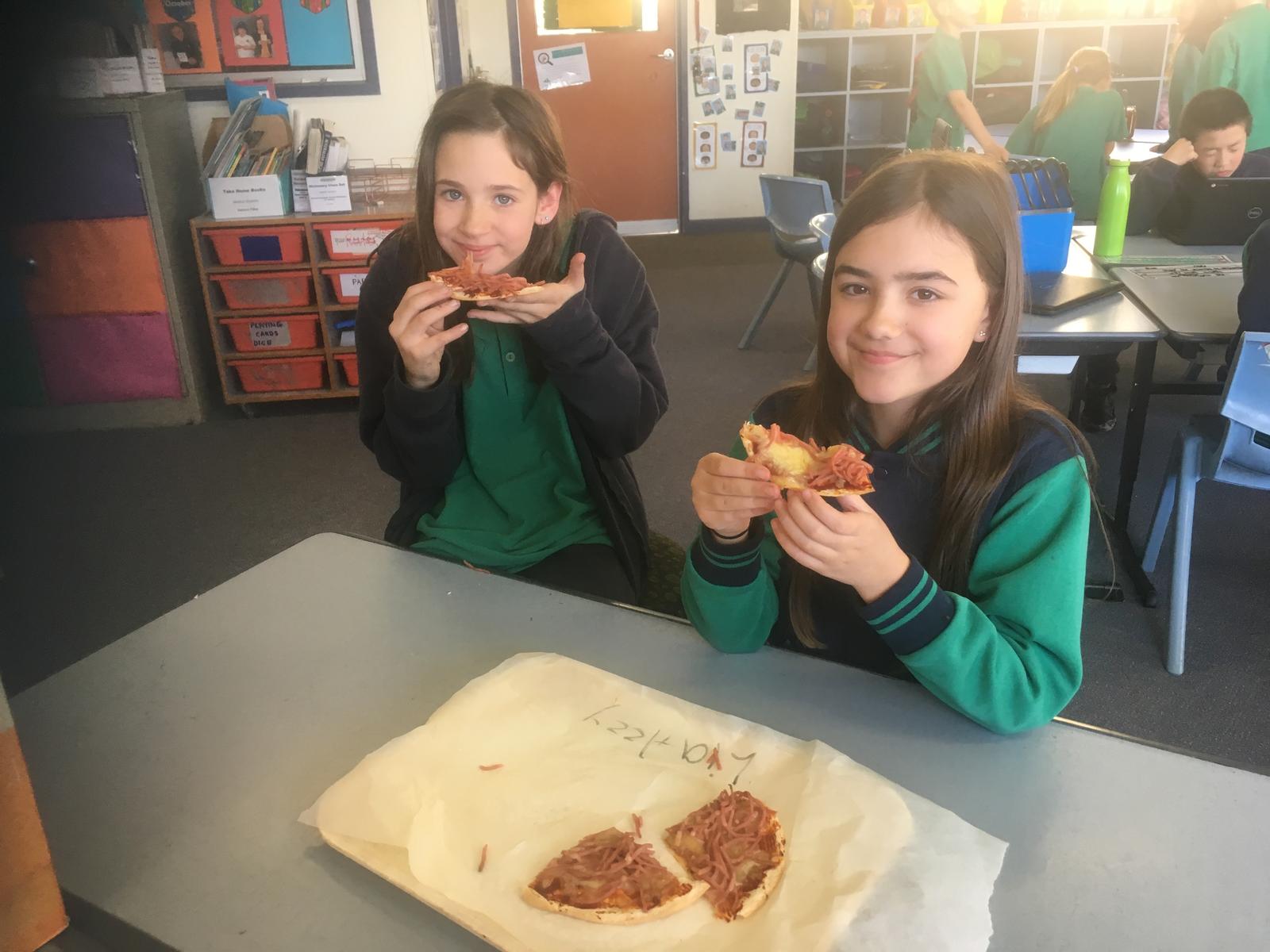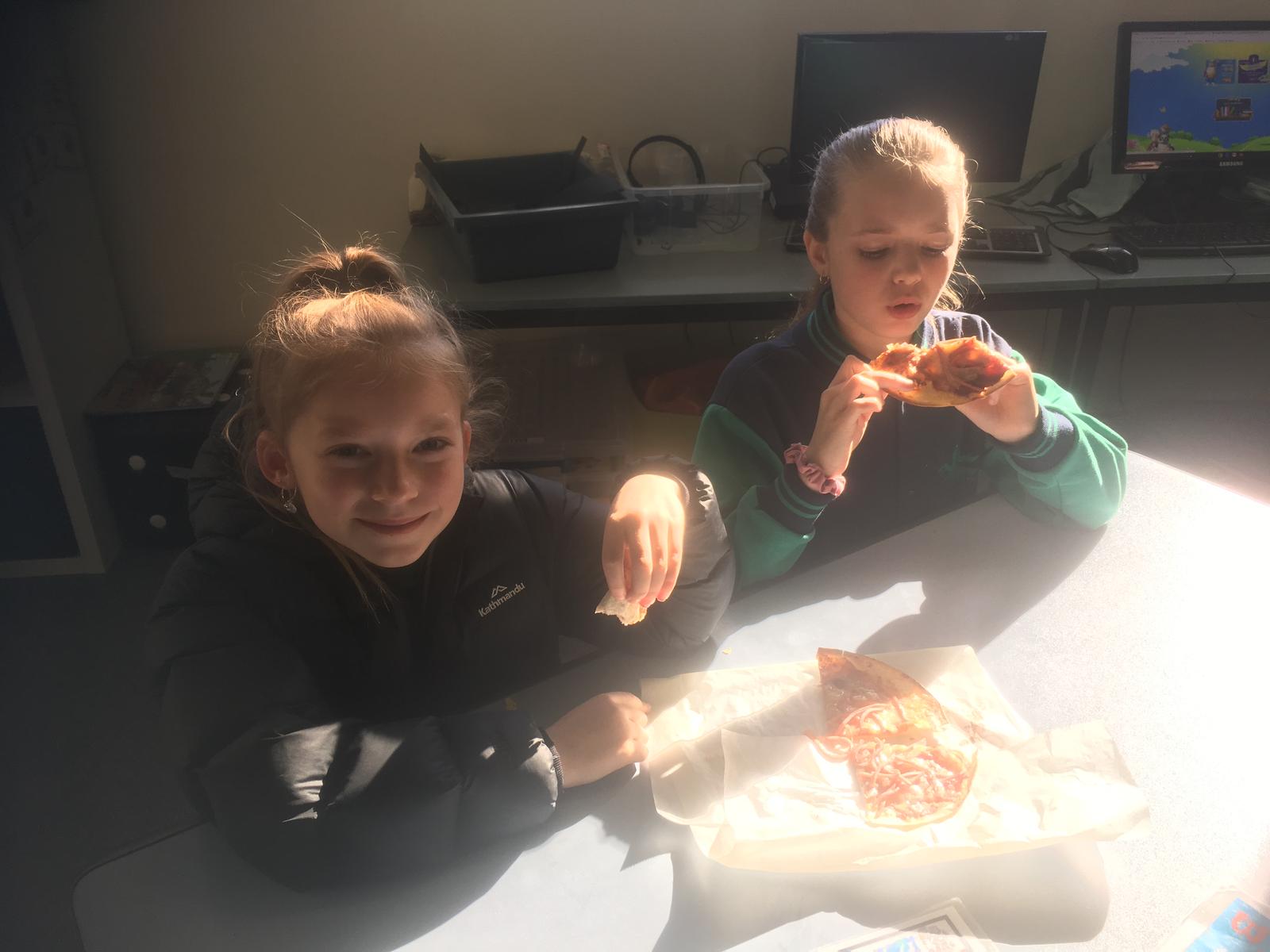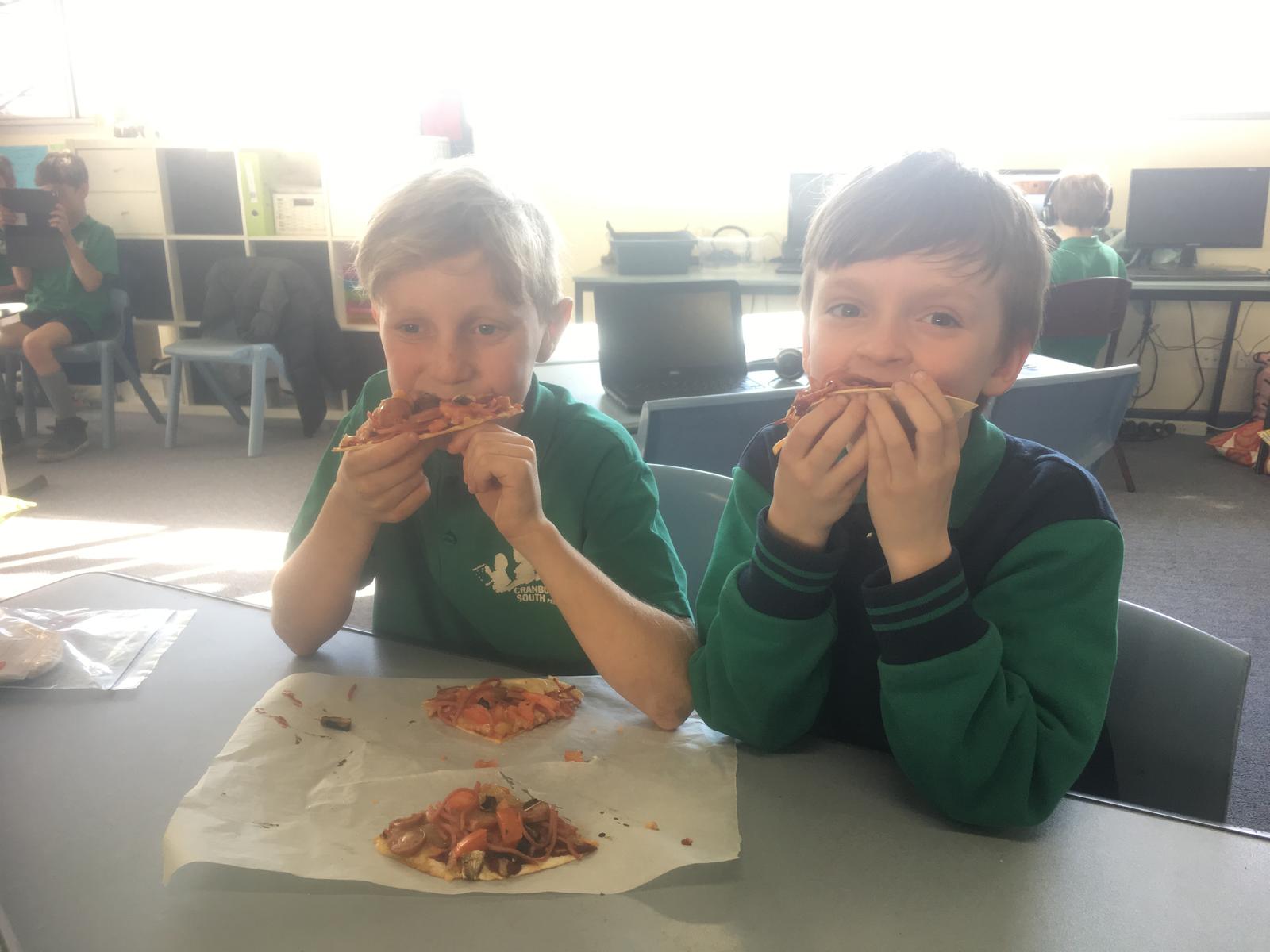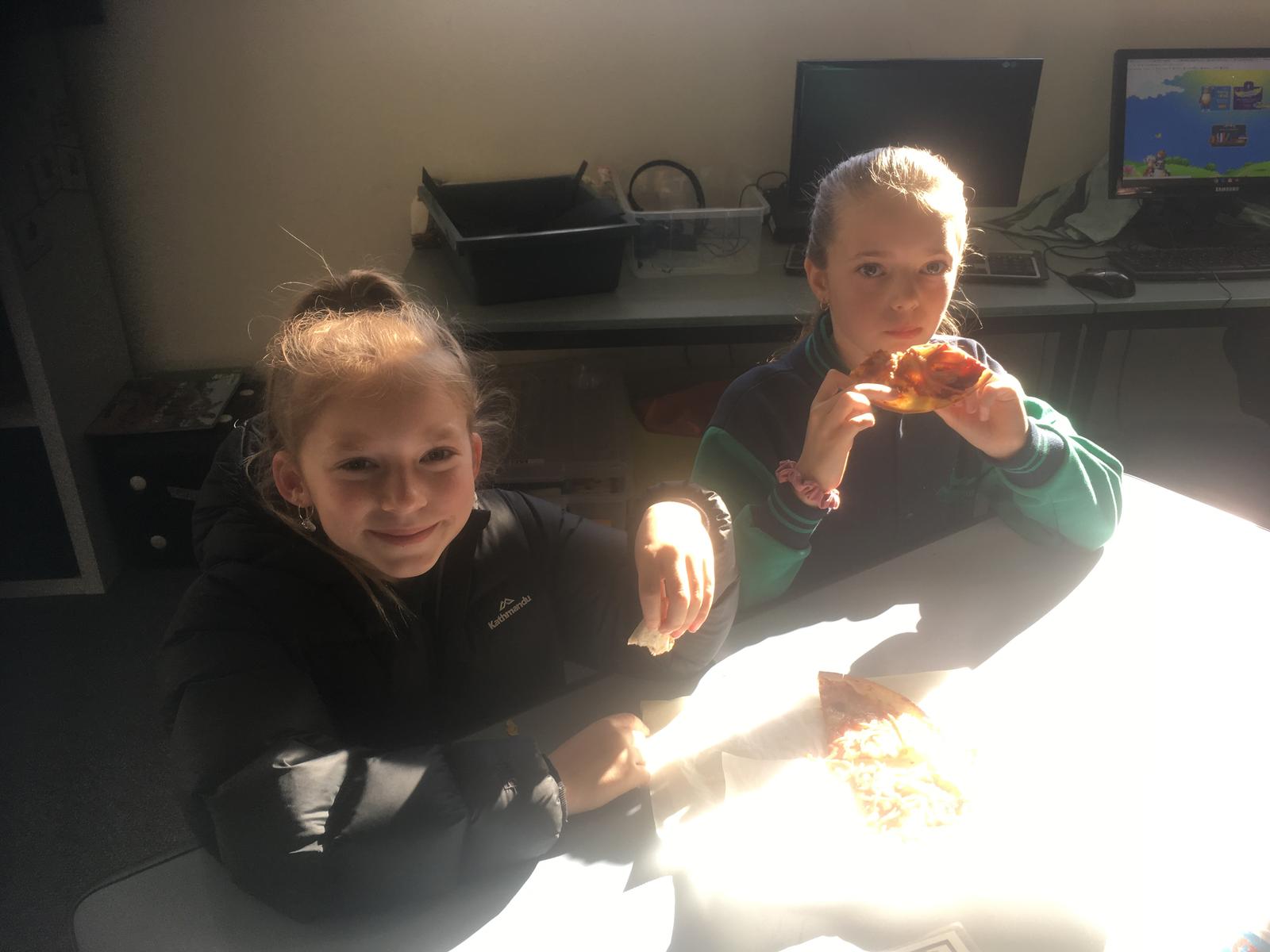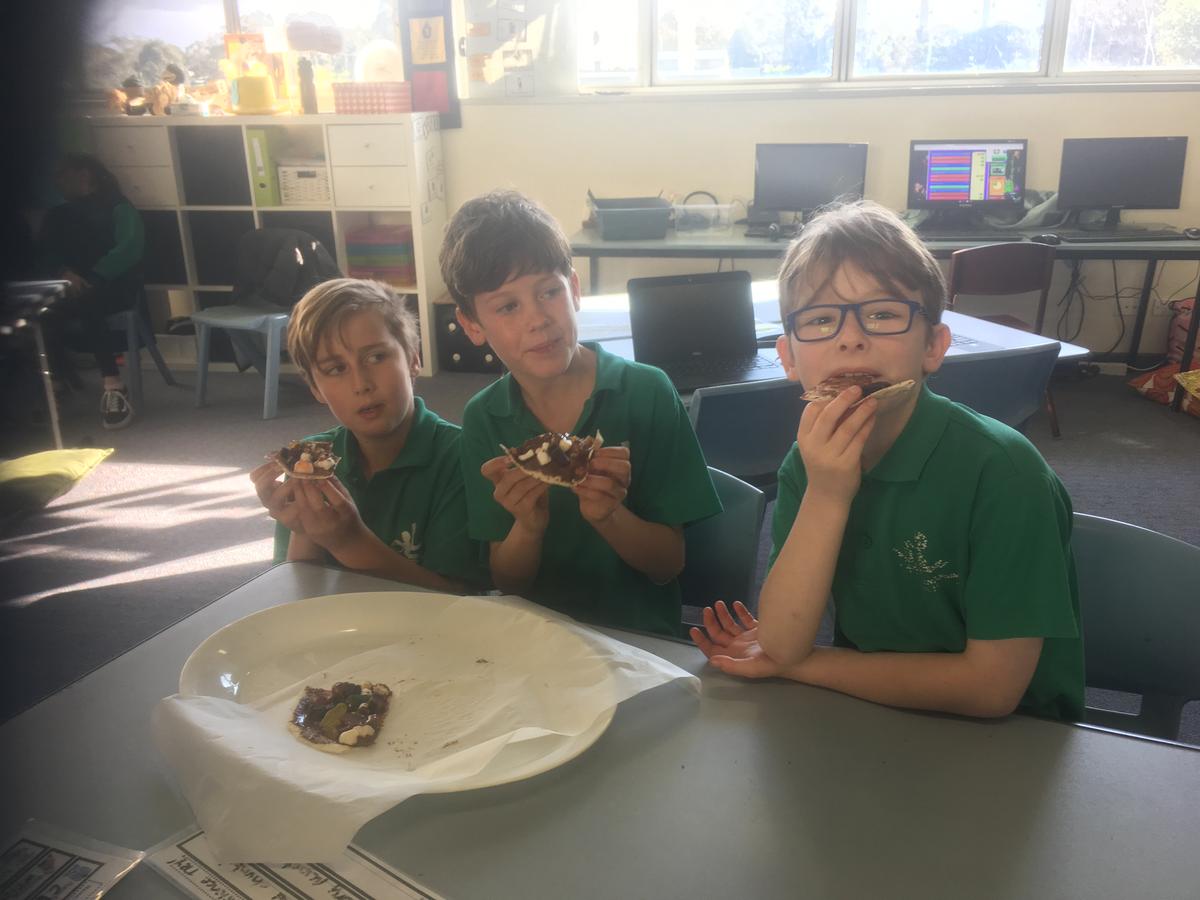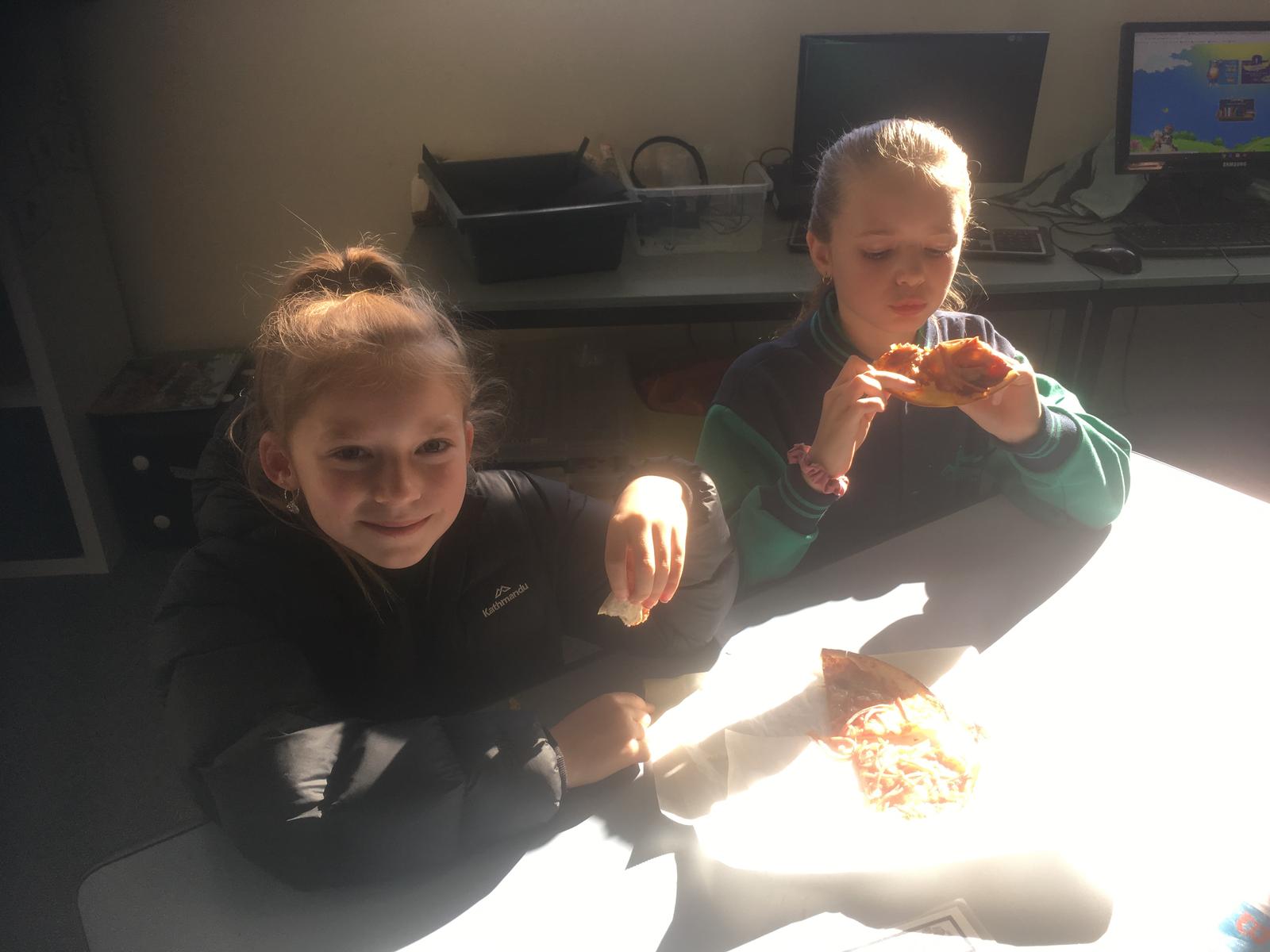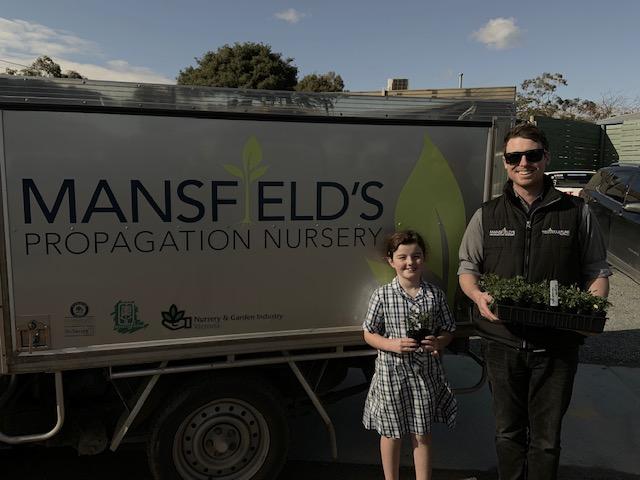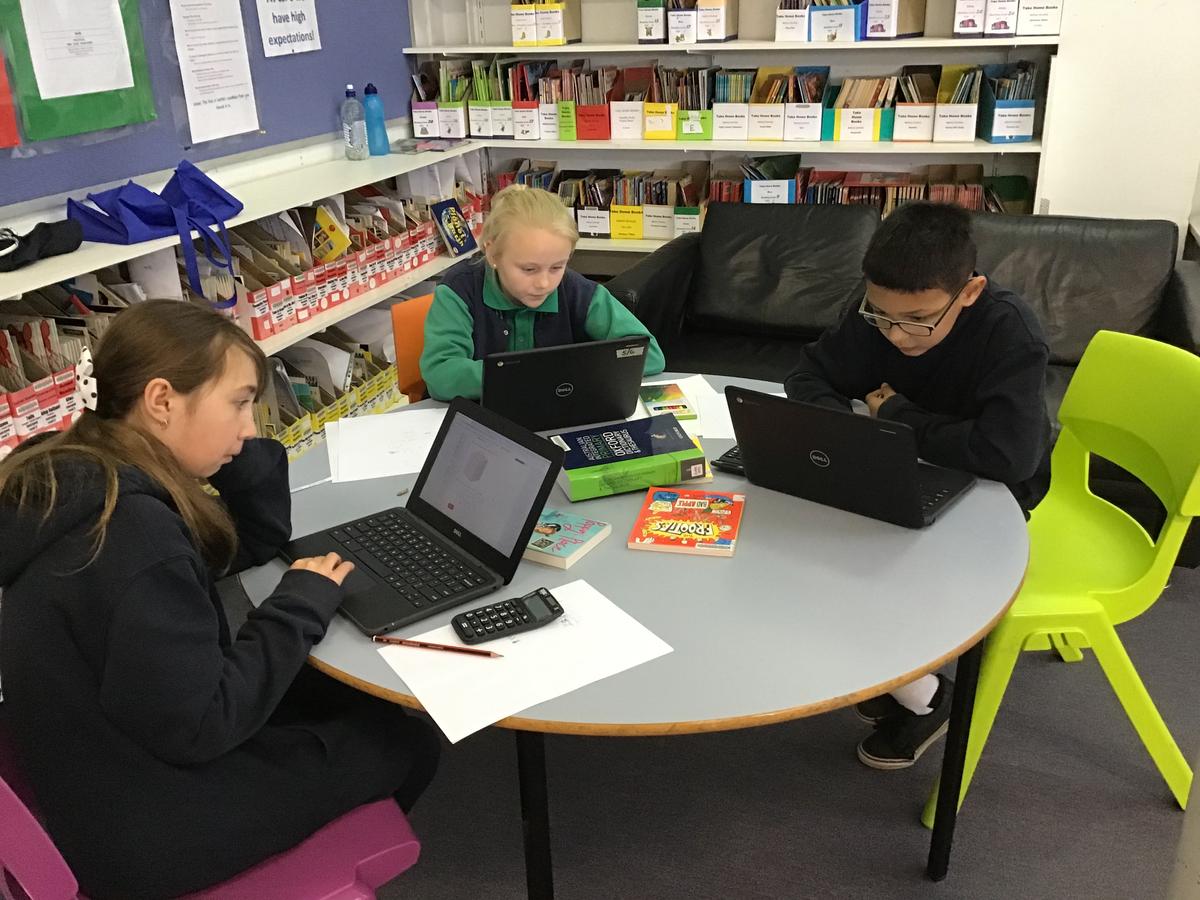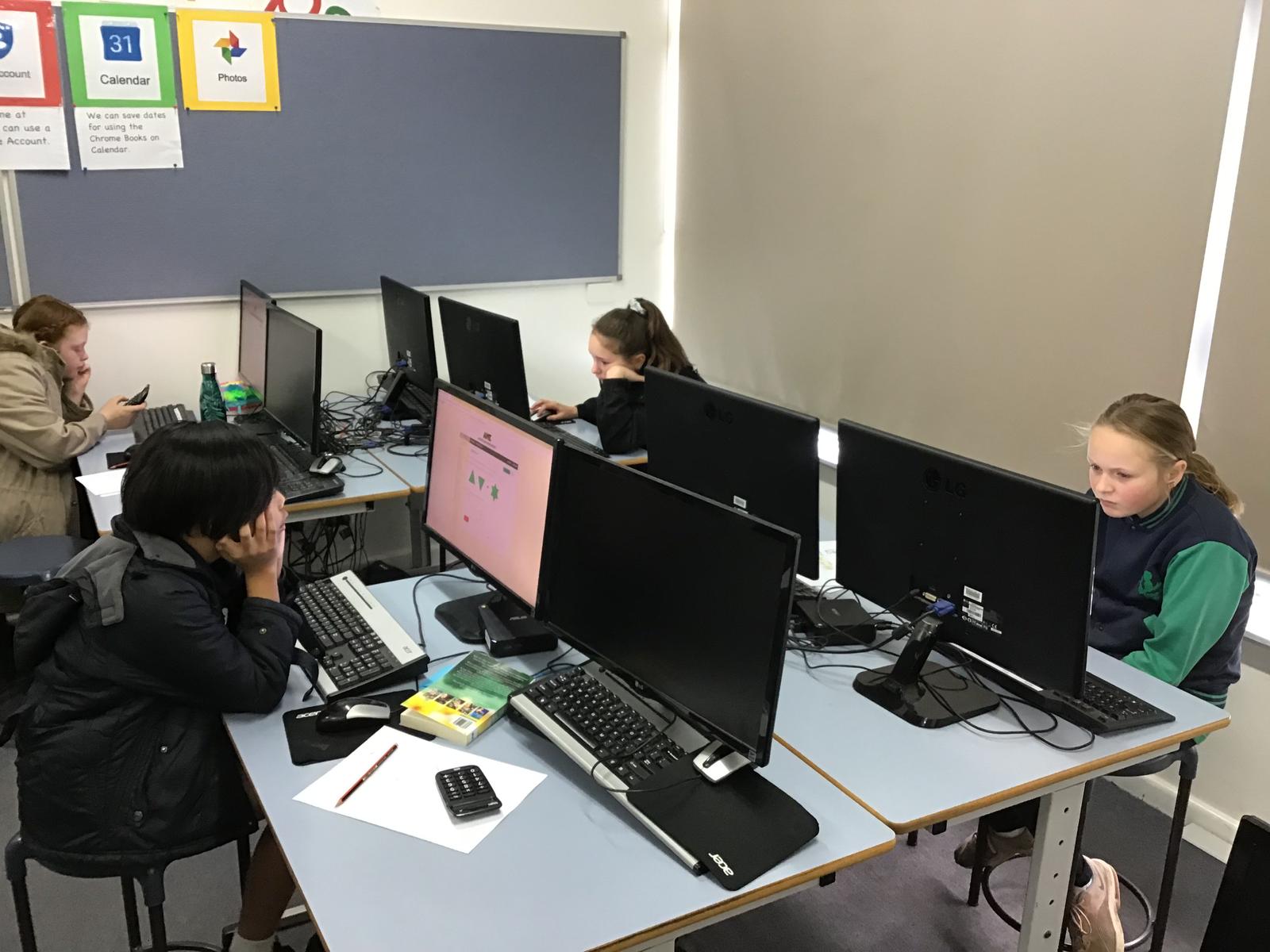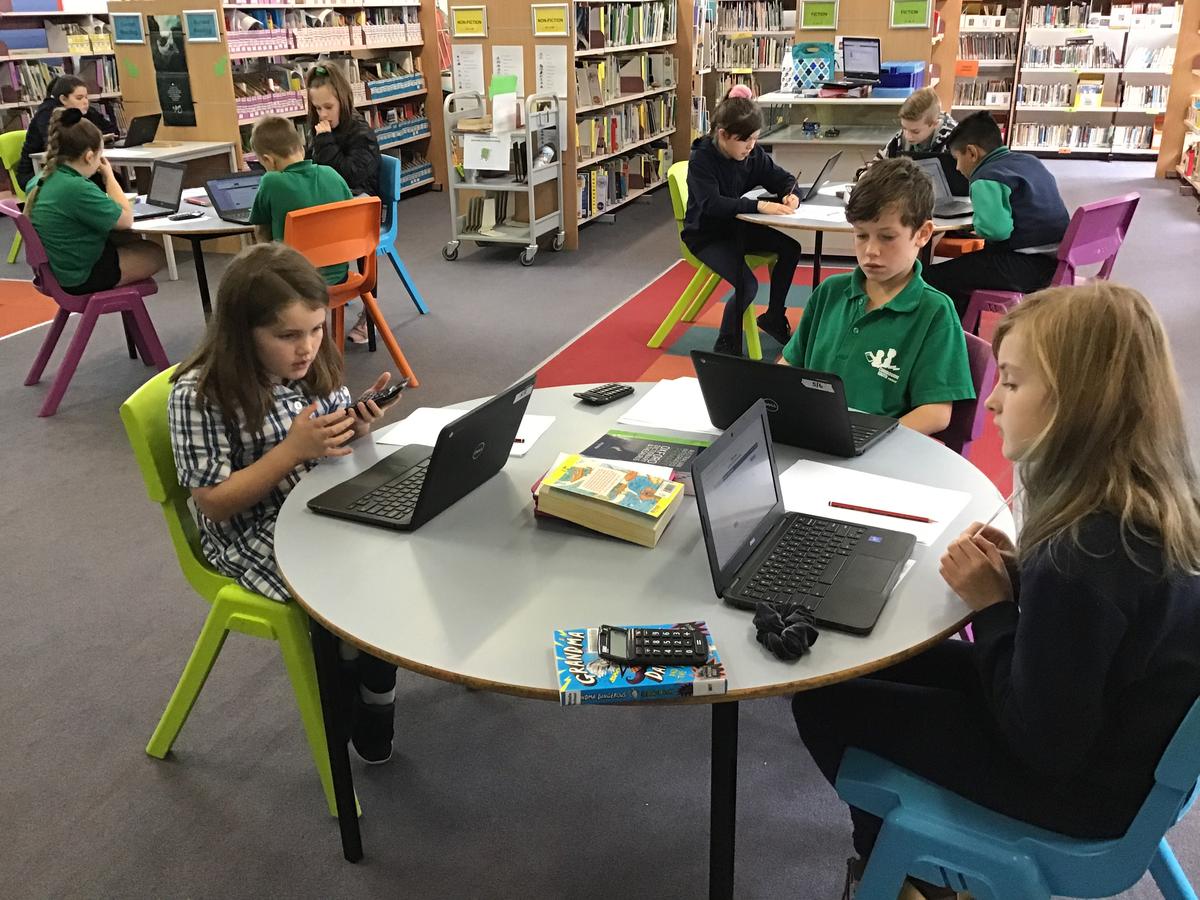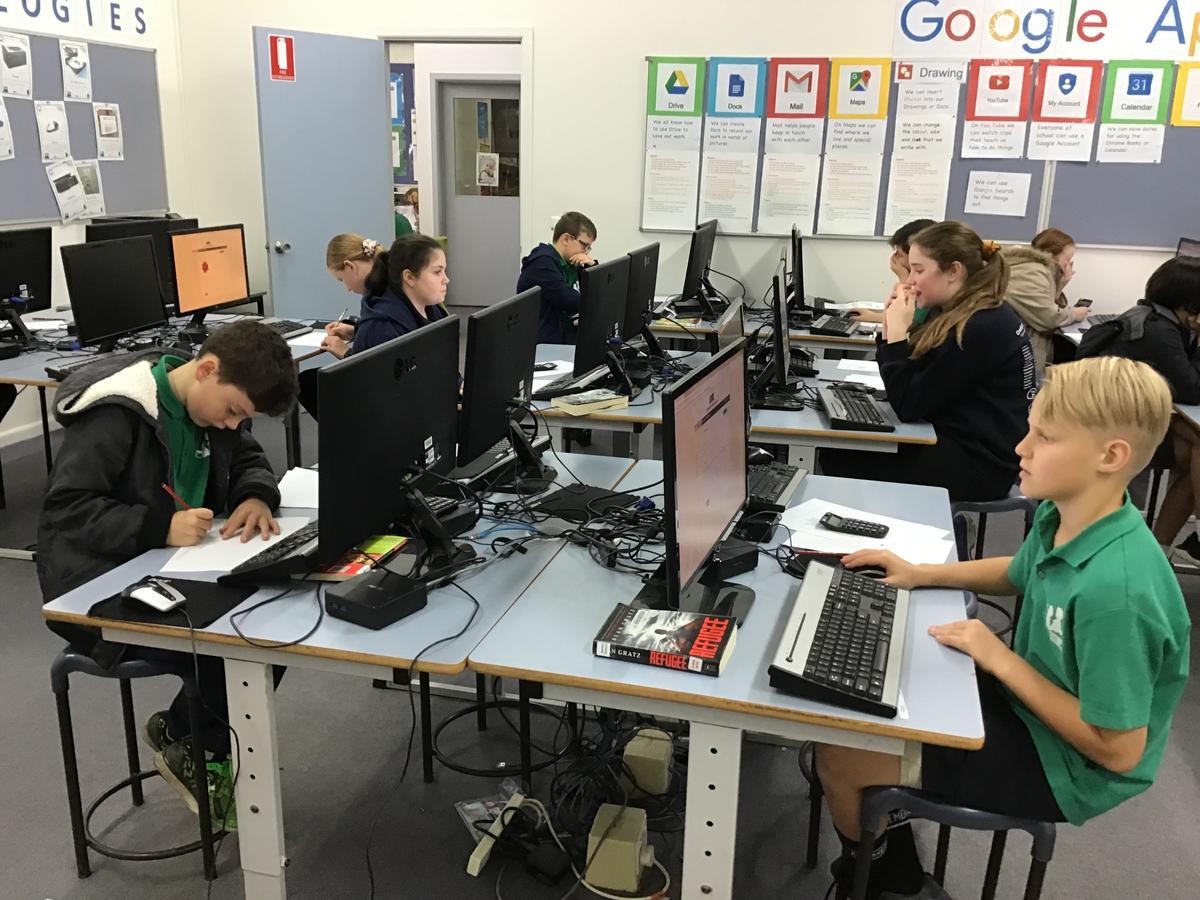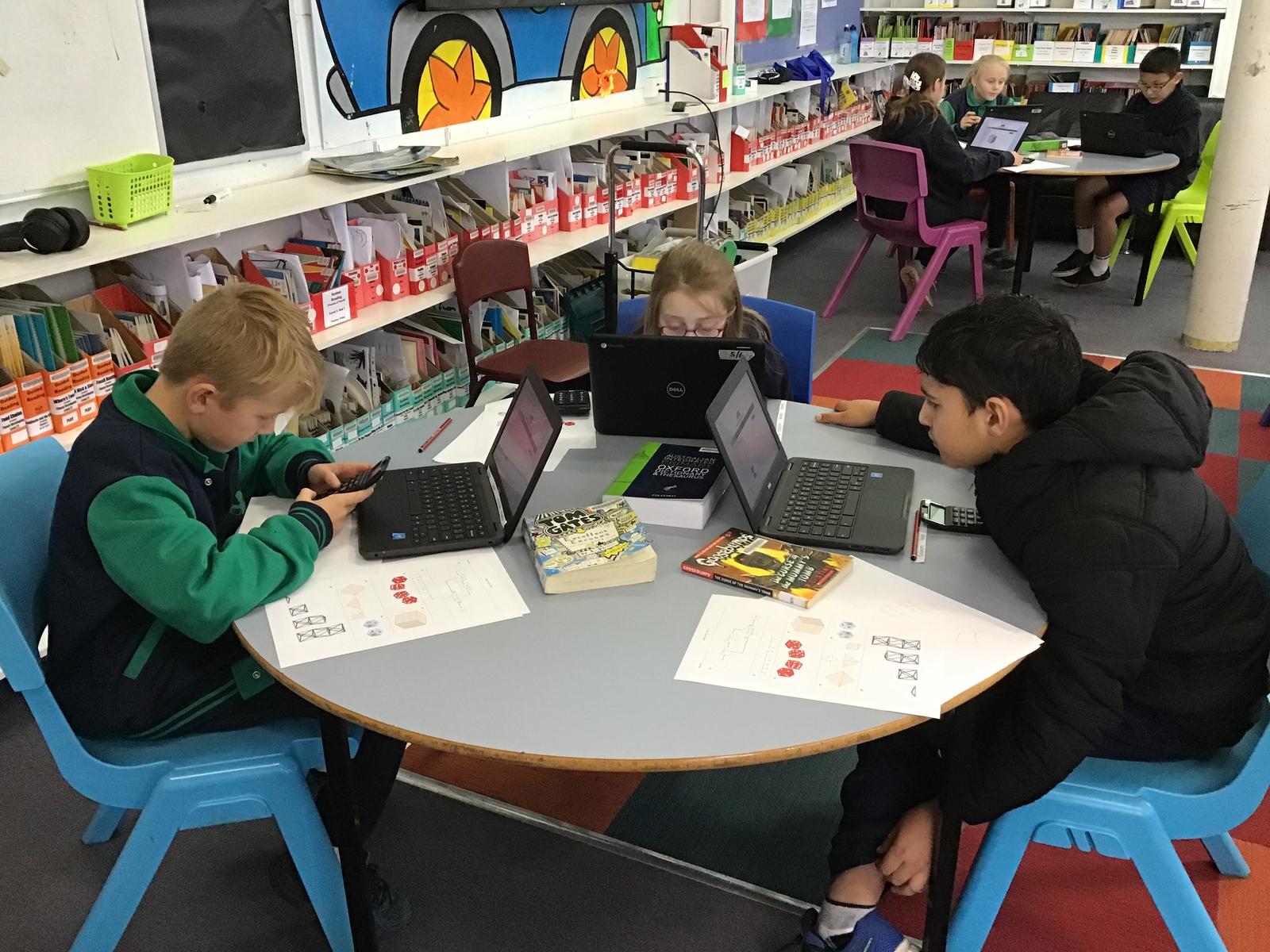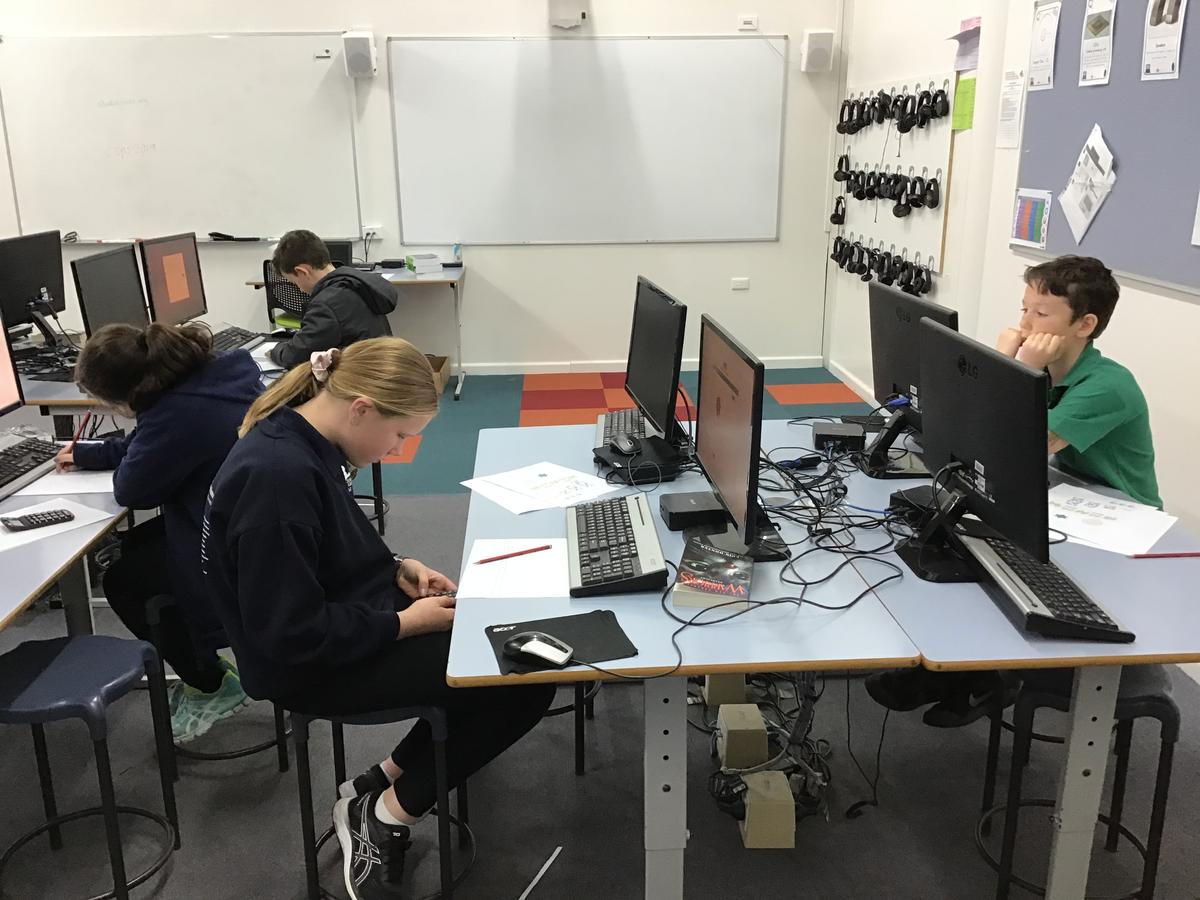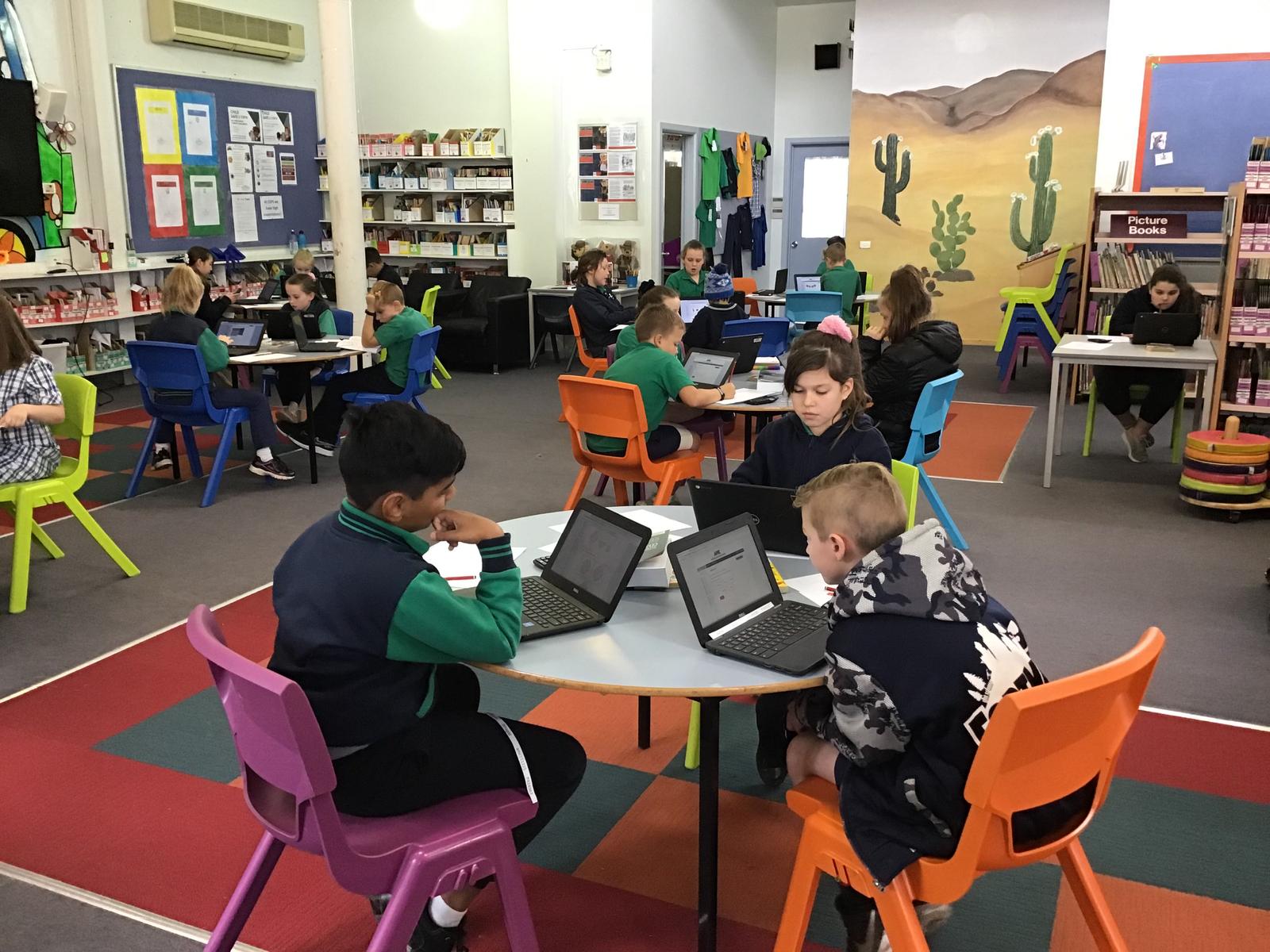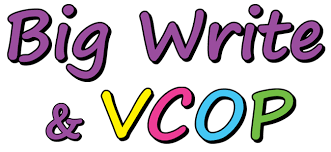Education News
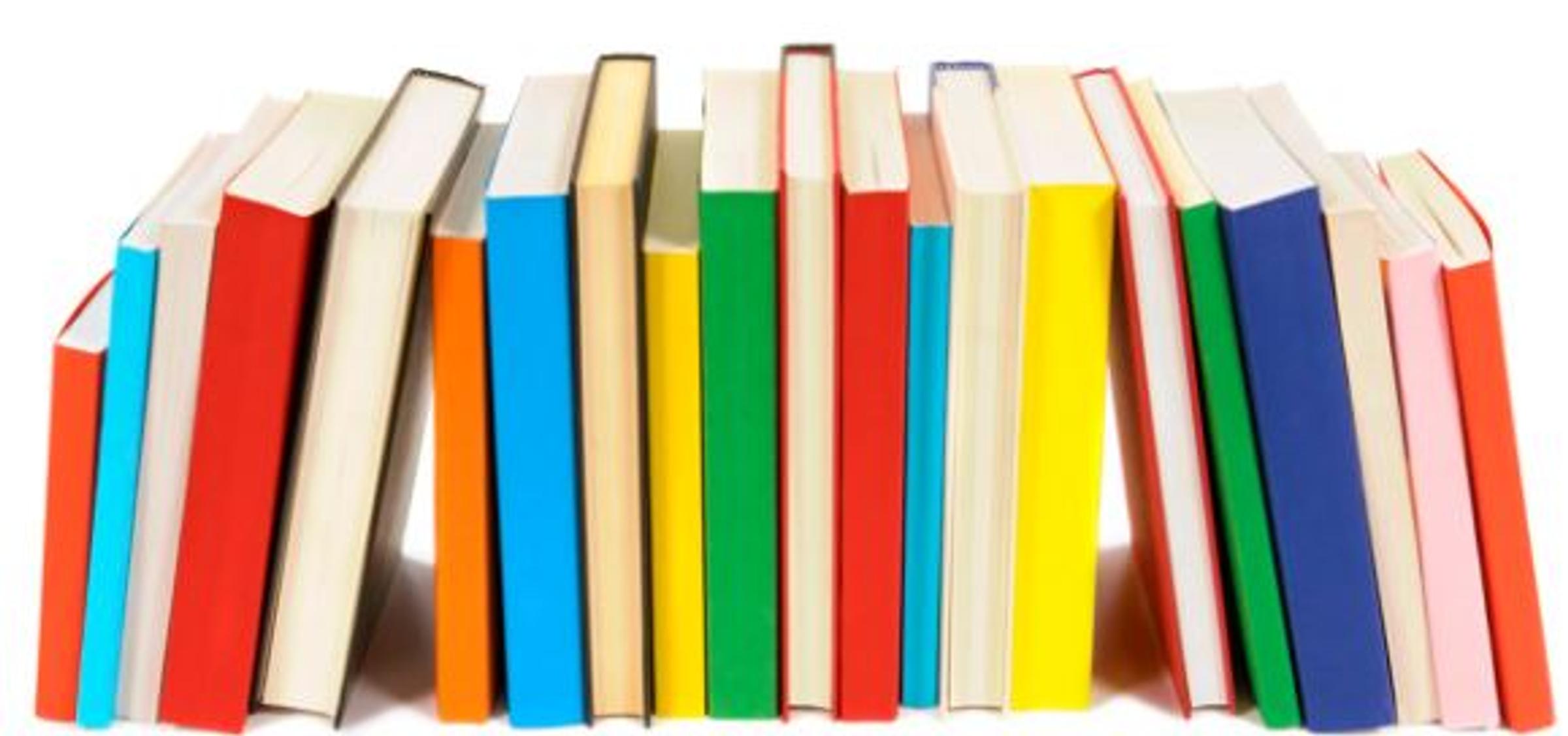
ACARA item trial tests
Cranbourne South PS has been selected by the Australian Curriculum, Assessment and Reporting Authority (ACARA) to participate in the ACARA Item Trial.
Year Level | Domain | Date | Time |
| 3 | Reading-Conventions of Language | 15/8/2019 | 9:30 AM |
| 5 | Reading-Conventions of Language | 16/8/2019 | 9:30 AM |
Key information about the ACARA Item Trial:
• Item Trial tests have occurred each year since 2007.
• The purpose of the Item Trial is to evaluate NAPLAN test items (questions) that are under consideration for inclusion in future tests.
• Each year a different selection of sampled schools is needed. The sample ensures a diverse range of student backgrounds and abilities is represented.
• The Item Trial will involve classes in Years 3, 5, 7 and 9 from a national sample of schools.
• The Item Trial tests are online tests and will be administered using the online national assessment platform.
. If you would like to opt your child out of participating in these trial tests please return the separate signed form sent home to Year 3 and Year 5 students. Please contact Karen Halket for further details.
SEESAW
Many of our classes have Seesaw accounts. Seesaw is a website that allows students to share their work with friends and families in a safe environment. Students explore a variety of powerful tools (like drawing, voice recording, taking videos, and more!) to show what they know in the way that works best for them. Many of our students share their learning goals and classroom activities. Have you logged in with your personal log in details? Check with your classroom teacher for further details.
Procedure Writing
The whole school writing focus for the beginning of Term 3 has been on procedural writing. The purpose of a procedural text is to provide sequenced information or directions so that people can successfully perform activities in safe, efficient and appropriate ways. Recipes and science experiments are common examples of procedural texts. Each class has participated in writing and presenting procedures. 3/4a investigated how to make pizzas, wrote recipes and scripts and produced videos to upload to Seesaw. Have you tried a dessert pizza? They have also made paper planes, pinwheel weather turbines and a variety of other experiments linked to our Discovery unit - Forces and Functions.
National Schools Tree Day
On the 26 July we participated in National Schools Tree Planting Day.
We were very lucky to receive a donation of native plants from Will at Mansfield's Propagation Nursery and we also thank the Wairua Family for helping secure this donation. The Grade 2's planted around 200 native shrubs in the garden beds. We are really looking forward to watching them grow.
National Tree Day started in 1996 and has grown into Australia's largest community tree-planting and nature care event.It’s a call to action for all Australians to get their hands dirty and give back to the community.
While every day can be Tree Day, we dedicate celebration of Schools Tree Day and National Tree Day to the last Friday and last Sunday in July.
Australian Mathematics Competition
On Thursday 1st August, select students in Year 3 - 6 participated in the Australian Mathematics Competition. This year we had 40 students volunteer to participate! The questions on the competition were incredibly challenging and it was impressive to see our students show so much persistence and passion while competing. We look forward to receiving our students' results.
Writer's Notebook
A writer’s notebook is a tool students use to record the things they notice, observe, and think about. Each recording is called an ‘entry’. The entries can be any of a variety of ideas. The most common are:
- memories
- observations of the things happening around them
- descriptions of people and places important in their lives
- opinions
- wonderings
- wishes
- family stories, hobbies and other passions.
Children write best about the things that are important to them and what they are interested in. It is writing that comes from what they know and what they have experienced. Children need to be able to talk about what they are going to write.
2. A writer’s notebook houses ideas that writers can return to in order to grow ideas, restructure, rethink, revise, connect ideas and ultimately choose from a variety of entries to publish for an audience. It supports the work of publishing.
3. Notebook writing encourages a writer to take to the ‘long view’. What might start off as a small undeveloped idea has the potential to be developed into something fully formed.
Students in Year 3 to Year 6 have Writers Notebooks. Ask your child what they have been adding to theirs.
Big Write
Next week there will be no Big Write held. The students will be participating in a COLD Write. A Cold Write is where students are not given the opportunity to talk about the topic before writing and the learning aides are removed. This is an opportunity for students to display what they know without the assistance from external resources. Teachers work in Professional Learning Teams to assess what students know and the direction the learning needs to take.



